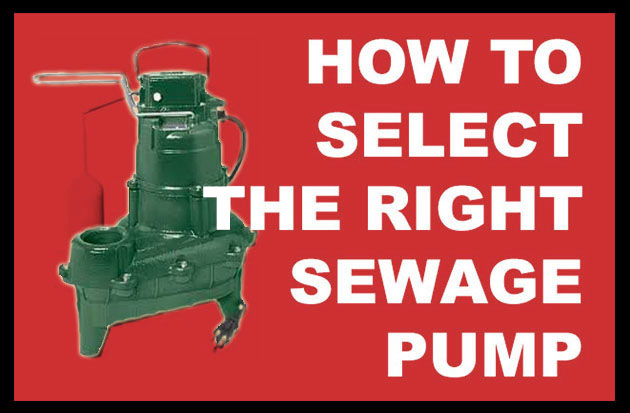-
The Inner Workings of a Basin Buyers Guide & Review
May 16, 2018Basins are more than just over sized looking garbage cans. They’re your pump’s home. In your home you probably have nice drapes, maybe a trophy of that really big fish you caught last summer at the lake, and that leather couch in the living room that has somehow outlasted two cars. Similarly, a basin is made up of several elements that make your pump run efficiently and feel at home. These heavy duty containers are commonly constructed of fiberglass or high grade plastic. They serve a variety of system types (simplex or duplex), sizes and applications. Some basins operate with multiple types of pumps while others are designed to be paired with a specific pump. The first and most important step in selecting a basin is making sure it’s fitted for your pump’s size. For instance, a basin that is too small could fill up rapidly and contribute to improper pump cycling. If the pump turns on and off repeatedly, it will quickly burn out. Longer downtime between pump cycles keeps the pump cooler and results in longer life. With that in mind, let’s explore the inner workings of what goes on inside your basin. Water enters the basin from the inlet. This is the opening located on the side of the basin. If your pump is automatic, once the basin starts to fill with water the float switch will raise which in turn will switch the pump on. Once the pump is on, the water will be pumped out of your system and exit through the discharge. A check valve should be located on your discharge line. The check valve keeps water from returning into the basin, preventing back flow. Back flow can result in wastewater coming up through your sinks, shower drains, and toilets. A pump without a check valve can also suffer from short cycling. The access cover is the lid of the basin. The biggest benefit of having a lid on your basin is unquestionably keeping that not-so-fresh smelling wastewater inside the basin instead of permeating through your basement. On the access cover there should be an opening for a vent, to regularize pressure within the basin, and another opening for the pump’s power cord. Some basins come in with an alarm fitted on them as well. The alarm’s purpose is to give owners advanced warning on any emergencies with their pump. Basins are integral in providing an environment in which your pump can work at an optimal rate. Pumpproducts.com sells a variety of basins from the most trusted brands in the industry.
-
Sewage Pump Buyers Guide
February 12, 2013When a plumbing system is set lower than a municipal sewer line, sewage pumps are used to pump wastewater from a collection basin up to the main sewer. In septic tank systems sewage pumps often move fluid waste to a leach field. Sewage pumps are designed to pump fluids containing soft solids of up to 2” in diameter. They are submersible and often controlled by float switches that activate the pump when the liquid level in the basin rises. Sewage pumps are rated in horsepower and most models are capable of moving several thousand gallons of fluid per hour. View our Sewage Pump Video Video used courtesy of Liberty Pumps How To Size a Sewage Pump The two main factors to bear in mind when sizing a sewage pump are the volume of sewage to be pumped, generally measured in gallons per minute (gpm), and the height and distance it must be moved (head). Gpm is determined by a pump's horsepower (hp) and will vary according to the vertical distance between the sewage basin and discharge point. In a residential application, a ½ hp pump with a high head will have a lower gpm than one with a low head. Gpm at 20 ft. of head = 200 (gpm) means that the sewage pump can move up to 200 gallons of water per minute if the vertical distance between the sewage basin and the septic tank is 20 feet. (Gallons per hour, or gph, is an alternative measure that can be calculated by multiplying the gpm by 60.) A sewage pump with low horsepower and gpm may cost less but if it must run constantly to meet pumping demands it may not last as long as a more powerful pump that will not have to run as often. When selecting a sewage pump you should estimate the demands you will be putting on it as closely as possible. A pump that is properly sized will result in the longest possible life. SPECIAL FEATURES Thermal Overload Protection is a feature that helps to extend the life of a sewage pump by automatically shutting off when the pump’s internal temperature reaches a critical level. Packaged Sewage Pump Systems include a sewage pump, basin and piping along with all of the other components necessary for home sewage disposal bundled into one package. For detailed specs, manuals and reviews on the sump pumps, battery back-up systems, combination systems and water powered systems we stock and ship nationally, visit our product pages at www.pumpproducts.com or call us for details: 1-800-429-0800.







